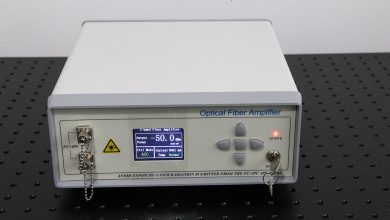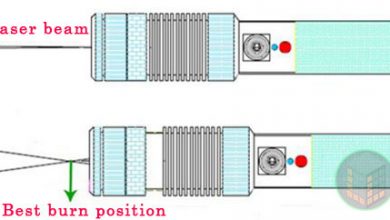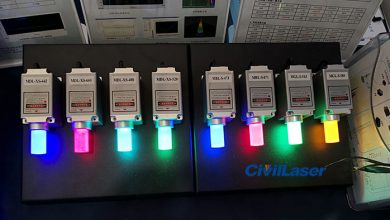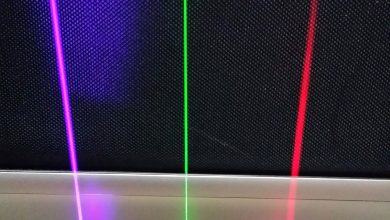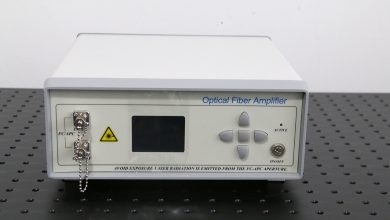Laser Article
Advantages and Disadvantages of Fiber Lasers
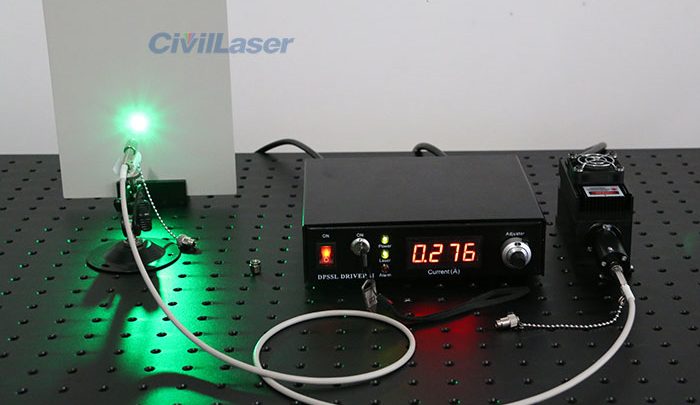
Fiber laser advantages:
(1) The advantages of miniaturization and intensification brought about by the low manufacturing cost of glass optical fiber, mature technology and the availability of optical fiber;
(2) The glass fiber does not require strict phase matching of the incident pump light like a crystal, which is due to the non-uniform broadening caused by the splitting of the glass matrix Stark, resulting in a wide absorption band;
(3) The glass material has a very low volume-to-area ratio, and the heat dissipation is fast and the loss is low, so the up-conversion efficiency is high and the laser threshold is low;
(4) The output laser has many wavelengths: this is because the rare earth ion energy level is very rich and there are many kinds of rare earth ions;
(5) Tunability: Since the rare earth ion energy level is wide and the fluorescence spectrum of the glass fiber is wide.
(6) Since there is no optical lens in the cavity of the fiber laser, it has the advantages of no adjustment, no maintenance, and high stability, which is unmatched by conventional lasers.
(7) The fiber is exported, making the laser easy to handle a variety of multi-dimensional arbitrary space processing applications, making the design of the mechanical system very simple.
(8) Competent for harsh working environment, with high tolerance to dust, shock, shock, humidity and temperature.
(9) No need for thermoelectric cooling and water cooling, only simple air cooling.
(10) High electro-optic efficiency: The integrated electro-optical efficiency is as high as 20% or more, which greatly saves power consumption during work and saves operating costs.
(11) High power, currently commercialized fiber laser is six kilowatts.
Fiber Laser disadvantages:
(1) High fiber cost.
(2) The fiber material is easy to break.
(3) Because the fiber core is small. Compared to a solid-state laser, its single-pulse energy is small.



